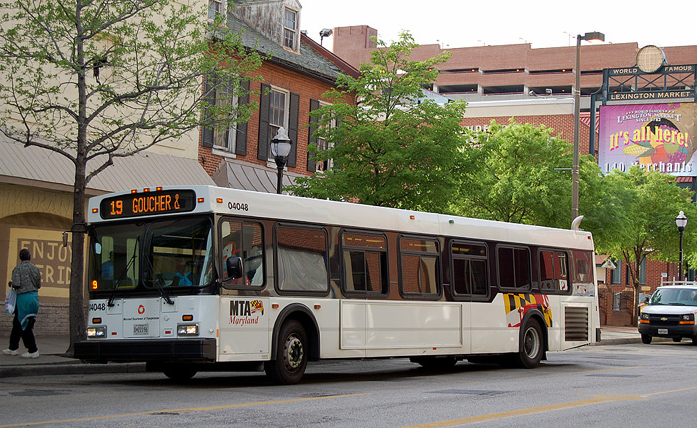New York City government took another step forward in its ongoing push for transparency in how its services operate yesterday, this time with the unveiling of a website that tracks the performance of MTA buses.
The dashboard measures and displays some pretty bedrock statistics about bus performance such as the average speed of buses in each borough each month (about 7 mph in Brooklyn, 5 mph in Manhattan and a blissfully speedy 13 mph in Staten Island). It also measures bus bunching, the phenomenon where a bus slows down as it picks people up at each stop and the bus behind it eventually catches up with it even though there’s no one left to pick up, leading to a long delay for the next bus and rider accumulation at the stops and so on, ad infinitum, blah, blah, blargh. It calls that “Wait Assessment,” and finds that in Brooklyn, buses are more or less not bunched about 75 percent of the time.
According to Streetsblog, the dashboard was released in preparation for an upcoming bus action plan by the MTA, which the organization’s bus chief, Darryl Irick, has said will be unveiled this spring.
The @MTA's new performance dashboard tracks bus speeds, as well as how long passengers spend waiting for a bus to arrive compared to bus schedules. Learn more about it here: https://t.co/e4d0BbbNIH (via @CurbedNY)
— Regional Plan (@RegionalPlan) March 21, 2018
Bus ridership decreased by 7 percent in 2017 and the problems of the city’s transit systems has become one of the most talked about political issues in the last few years.
Perhaps as a result, actor Cynthia Nixon declared her candidacy for governor earlier this week, making fixing the subway system one of her main issues as she challenges Andrew Cuomo for the Democratic nomination this September. Nixon was even late to her first campaign event in Brownsville this week, after running into delays while taking the subway there. “#CuomosMTA” is a top tab on her campaign website.
Bus service would seem to be coming into a moment of increased attention on the tech front, as well. Tech companies have launched rideshare products that look an awful lot like bus services recently, including Uber Pool Express, which has riders go to a “smart stop” and get transported along a route that works best for everyone in the car. (“Uber won’t like this comparison, but honestly, just think of it as a bus stop,” wrote Gizmodo.) Chariot, a startup acquired by Ford, is shuttling people along fixed lines in Manhattan and Brooklyn with fixed pickup spots in vans, and is also not unlike a bus. So it would seem that the actual infrastructure and idea of buses is having a moment.
We’ll keep an eye out for the MTA’s action plan, but in the meantime, we look forward to toggling on the dashboard to learn information like “Mean Distance Between Failures.”
Before you go...
Please consider supporting Technical.ly to keep our independent journalism strong. Unlike most business-focused media outlets, we don’t have a paywall. Instead, we count on your personal and organizational support.
Join our growing Slack community
Join 5,000 tech professionals and entrepreneurs in our community Slack today!
